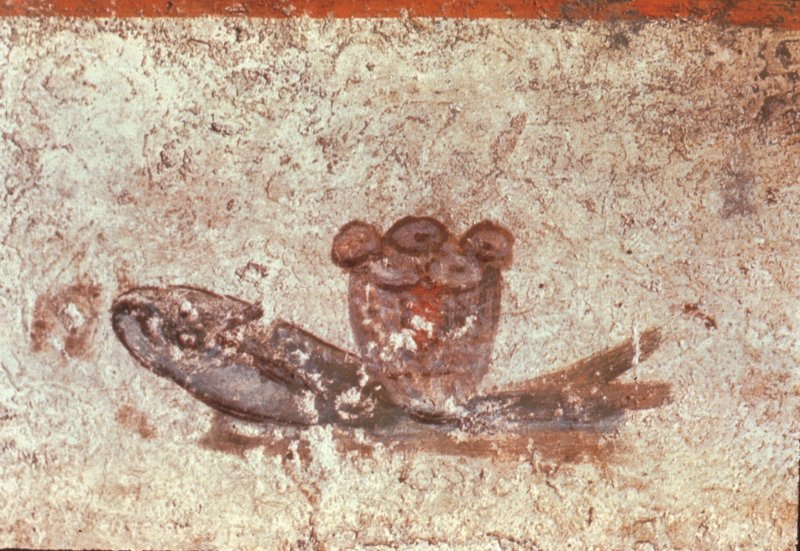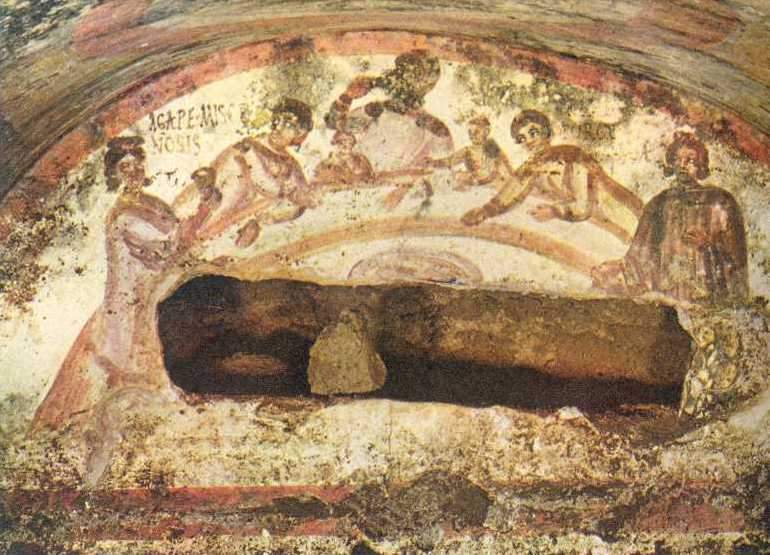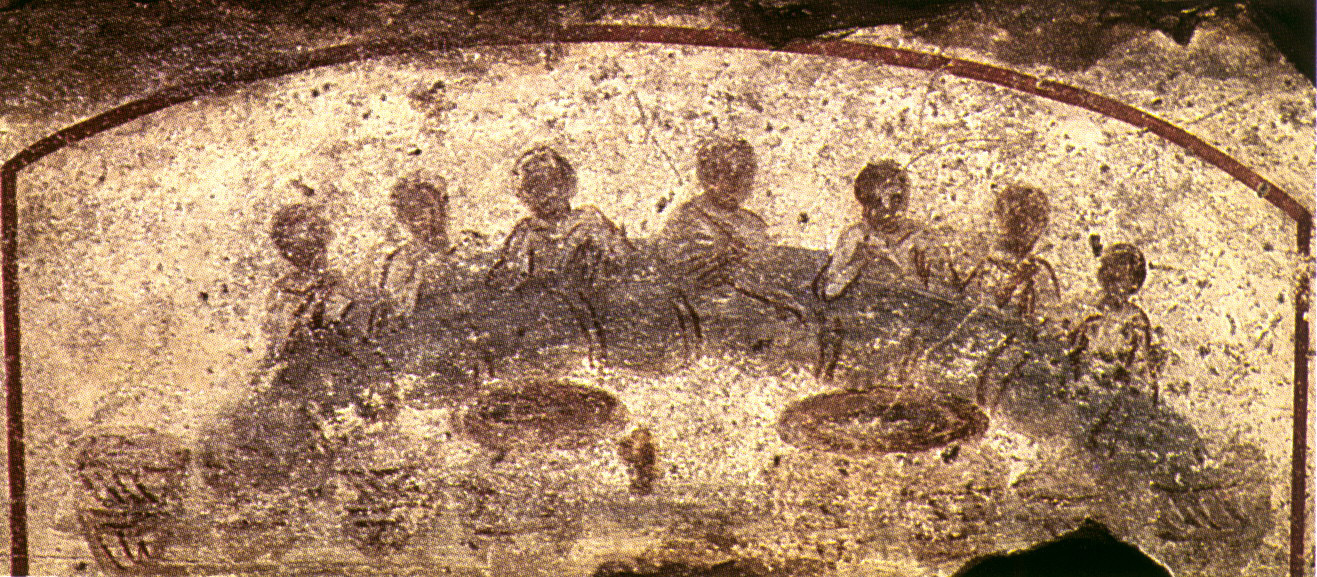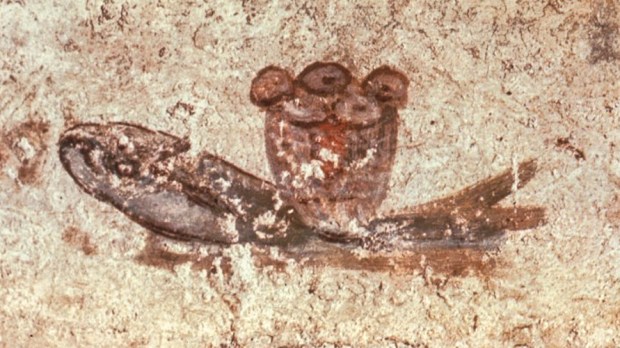The Catechism states, “The Eucharist is ‘the source and summit of the Christian life.’ ‘The other sacraments, and indeed all ecclesiastical ministries and works of the apostolate, are bound up with the Eucharist and are oriented toward it'” (CCC 1324).
It should thus come as no surprise that the early Christians sought to preserve on their tombs various symbols of the Eucharist. They saw the Eucharist as the “source and summit” of their Christian life and wanted the great mystery to be represented on their place of rest.
Ever since, Christian artists have continually gone back to these early depictions of the Eucharist for inspiration and they are some of the most common symbols seen in churches today.
Here are five common symbols of the Eucharist found in early Christian art, representing various aspects of the “Sacrament of sacraments.”
1. Wheat
Jesus said in the Gospel of John, “I am the bread of life; he who comes to me shall not hunger” (John 6:35). As the major ingredient in bread, wheat quickly became associated with the Eucharist, the “bread of life.” Jesus also made a foreshadowing of his own death using the analogy of wheat, saying, “Truly, truly, I say to you, unless a grain of wheat falls into the earth and dies, it remains alone; but if it dies, it bears much fruit” (John 12:24). As Jesus’ death is directly tied to the Eucharist, the symbol of wheat becomes a multi-faceted representation.
2. Grapes
Jesus instituted the Eucharist at the Last Supper, taking the cup and saying, “This is my blood of the covenant, which is poured out for many. Truly, I say to you, I shall not drink again of the fruit of the vine until that day when I drink it new in the kingdom of God” (Mark 14:24-25). Since grapes have to be crushed for the creation of wine, there is the further symbolism connecting the Eucharist to Jesus’ death on the cross.
3. Basket of loaves and fish

Among the many stories in the Gospels, the multiplication of the loaves and fish stand out as a foreshadowing of the Eucharist. This is highlighted when Jesus performs an act of breaking the bread, similar to what occurs at the Last Supper, “he took the seven loaves and the fish, and having given thanks he broke them and gave them to the disciples, and the disciples gave them to the crowds” (Matthew 15:36).
4. Wedding at Cana

The Wedding Feast at Cana has from the very beginning been used to represent the Eucharistic feast of the Mass. As Jesus turned water into wine at the wedding, during the Mass, the wine is changed into Jesus’ blood.
5. The banquet of the seven disciples

An image visually similar to the Wedding Feast at Cana is the “banquet of the seven disciples.” This image recalls the encounter of the risen Lord with the disciples at the Sea of Galilee, where, “Jesus came and took the bread and gave it to them, and so with the fish” (John 21:13). This is often referred to as “Jesus Appears to Seven Disciples.” Again, another foreshadowing of the Eucharistic feast.

